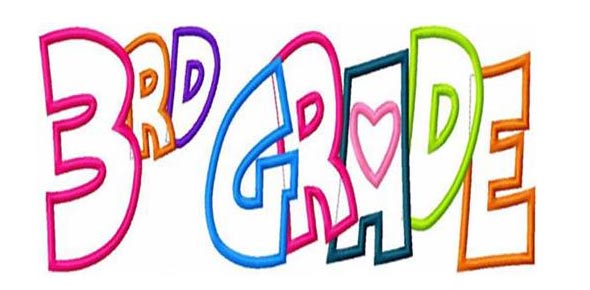Related Flashcards
Cards In This Set
| Front | Back |
|
3.) What is wavelength?
|
Wavelength is the physical distance between a point on a wave and the same point on the next wave over.
|
|
4.) What is a crest?
|
A crest is the top of a wave.
|
|
5.) What is amplitude?
|
Amplitude is the distance from the rest position center of the wave to either the crest or the trough.
|
|
6.) What is a trough?
|
A trough is the bottom of the wave.
|
|
7.) What is compression?
|
A compression is the part of a longitudinal wave where the density of the medium is at its greatest; the “bunched up” areas.
|
|
8.) What is rarefaction?
|
A rarefaction is the part of a longitudinal wave where the density of the medium is at its least; the “spaced out” areas.
|
|
9.) What does frequency measure?
|
Frequency measures the number of waves that occur within one second.
|
|
11.) How does a particle (like the string on the slinky) move in a transverse wave?
|
The particle moves perpendicular to the direction of energy movement.
|
|
12.) How does a particle (like the string on the slinky) move in a longitudinal wave?
|
The particle moves parallel to the direction of energy movement.
|
|
13.) What moves or travels along a wave?
|
Energy moves along the wave.
|
|
14.) How are wavelength and frequency related?
|
Wavelength and frequency are inversely related: as the wavelength decreases, the frequency increases.
|
|
19.) Describe two examples of transverse waves.
|
Ocean waves and visible light (or any other form of radiant energy)
|
|
20.) Describe two examples of longitudinal waves.
|
Sound waves and earthquake shock waves.
|
|
21.) What is the electromagnetic spectrum?
|
The set of all forms of radiant energy.
|
|
23.) What type of energy is the electromagnetic spectrum?
|
The EM spectrum is all radiant energy.
|





